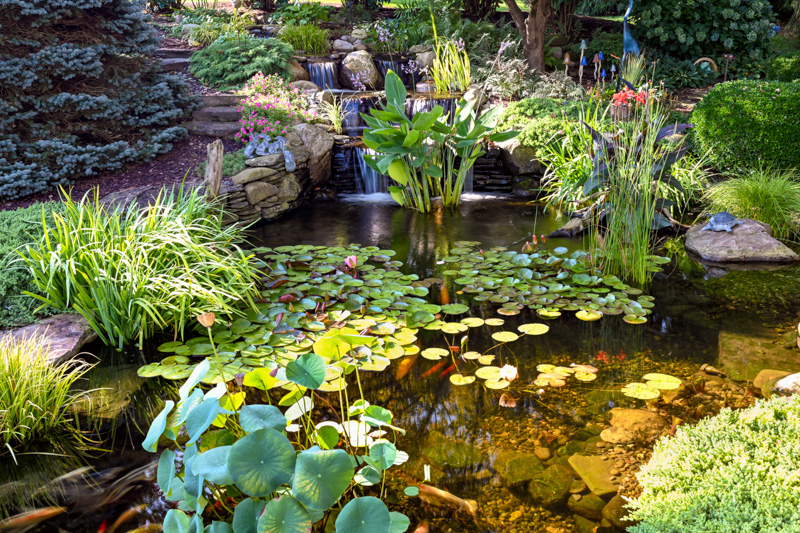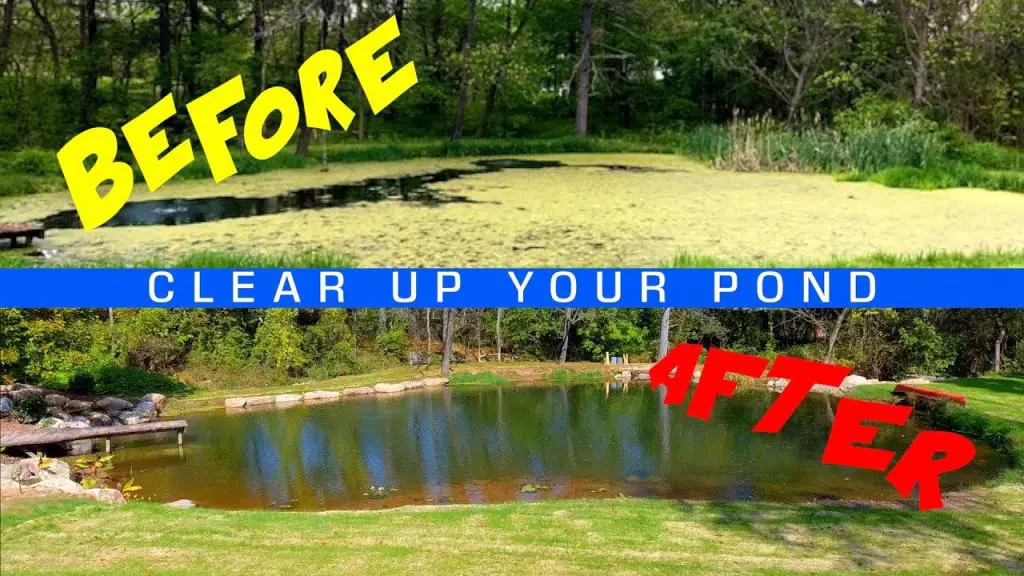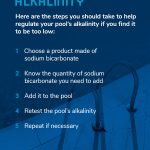Having a clear pond can significantly enhance the beauty of your outdoor space. Whether you have a natural pond or a man-made one, maintaining its clarity is essential for the overall health of the ecosystem it supports. In this comprehensive guide, we will explore the various methods and tips for achieving and maintaining a clear pond.

Credit: splashsupplyco.com
Understanding the Causes of Murky Water
Before diving into the methods for making a pond clear, it’s important to understand the common causes of murky water. Sediment, algae growth, decaying organic matter, and imbalanced nutrients are primary factors that contribute to cloudy or greenish pond water. Identifying the underlying cause will help in determining the most effective approach to clear your pond.
Methods for Making a Pond Clear
1. Pond Aeration
Pond aeration involves increasing the oxygen levels in the water, which can help in reducing algae growth and improving water clarity. Aeration can be achieved through the use of fountains, aerators, or even strategically placed rocks or water features that create movement and circulation.
2. Beneficial Bacteria
Introducing beneficial bacteria to the pond can aid in breaking down organic matter and excess nutrients, which are often responsible for cloudy water. These bacteria help in maintaining a balanced ecosystem and can be added in the form of specially formulated pond treatments.
3. Mechanical Filtration
Installing a mechanical filter can effectively remove debris, sediment, and algae from the water, thereby improving its clarity. There are various types of pond filters available, including pressurized filters, box filters, and UV clarifiers, each with its own unique mechanism for removing impurities.
4. Barley Straw
Barley straw has long been used as a natural method for controlling algae in ponds. When placed in the water, barley straw releases compounds that inhibit the growth of algae, leading to clearer water over time. This method is particularly suitable for those looking for a chemical-free approach to pond maintenance.
5. Pond Dye
Using pond dye can be an effective way to improve water clarity, especially in ponds that are prone to excessive sunlight exposure. Pond dyes are available in various colors and work by reducing the amount of sunlight that penetrates the water, thereby inhibiting algae growth and enhancing visual clarity.
6. Regular Maintenance
Consistent maintenance practices such as removing debris, trimming overhanging plants, and skimming the surface of the water can prevent the buildup of organic matter and sediment, thus contributing to a clearer pond. Routine inspections and proactive measures can go a long way in maintaining pond clarity.
Tips for Maintaining Clear Pond Water
1. Balance Nutrient Levels
Monitoring and managing the nutrient levels in the pond, particularly nitrogen and phosphorus, is crucial for preventing excessive algae growth. Avoid overfeeding fish and minimize the use of fertilizers near the pond to maintain a healthy nutrient balance.
2. Plant Aquatic Vegetation
Strategically planting aquatic vegetation can help in absorbing excess nutrients and providing competition to algae, ultimately contributing to clearer water. Consider adding oxygenating plants and floating vegetation to your pond ecosystem.
3. Control Runoff And Erosion
Minimizing the influx of sediment and pollutants from surrounding areas is important for preserving water clarity. Implement erosion control measures, such as vegetative buffers and silt barriers, to prevent runoff from entering the pond.
4. Regular Water Testing
Periodically testing the water quality for parameters such as pH, alkalinity, and dissolved oxygen levels can provide valuable insights into the overall health of the pond. Adjusting these parameters as needed can contribute to clearer water and a balanced ecosystem.
5. Avoid Overstocking Fish
Maintaining an appropriate fish population in relation to the pond size is essential for preventing excessive nutrient buildup from fish waste. Overstocking can lead to water quality issues and contribute to murky water conditions.

Credit: www.youtube.com
Conclusion
Ensuring a clear and healthy pond requires a combination of proactive measures, regular maintenance, and the implementation of effective strategies to address specific water quality issues. By understanding the causes of murky water and implementing the appropriate methods and tips outlined in this guide, you can achieve and maintain a clear pond that enhances the aesthetic appeal of your outdoor environment while supporting a thriving ecosystem.
Remember that the specific approach to making a pond clear may vary based on factors such as pond size, location, and existing water quality issues. Consulting with a professional pond maintenance service or aquatic specialist can provide personalized recommendations for achieving optimal pond clarity.
With a clear and vibrant pond, you can enjoy the tranquil beauty of the water feature while knowing that you are contributing to the overall well-being of the aquatic environment.
— I hope this blog post meets your requirements and provides valuable insights on making a pond clear.



